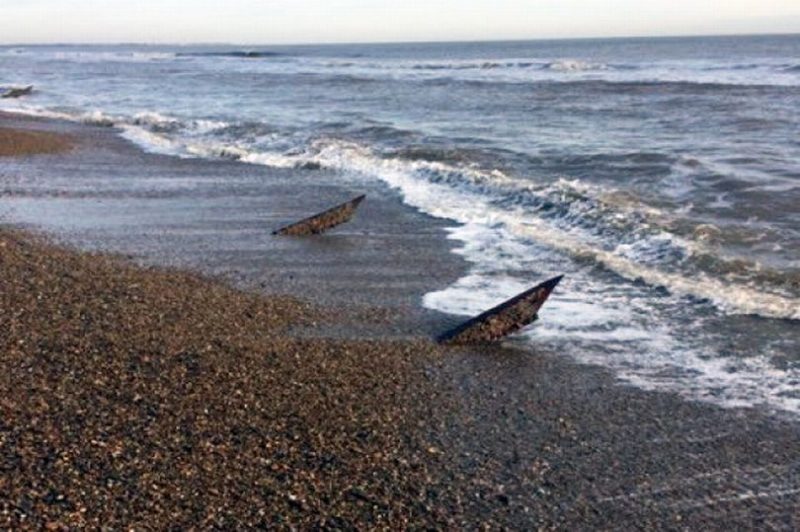You never know what might turn up during a walk on the beach, particularly after a storm has churned up the sea. Usually, it’s shells, or debris, or even coins fallen from the pockets of other folks who have strolled along the shoreline.
A surprise lay in wait for Norman Finch while he was taking a walk on a beach between the Coast Guard Cottages and the Minsmere Sluice, on the coast of England, near Suffolk. He stumbled across two large, metal spikes. These date from the Second World War and are known as “dragon’s teeth” according to a recent article in the East Anglian Times.
Finch told the online publication that the rusted objects concerned him because “People do swim off that beach throughout the year.” Finch was worried that someone could get injured if they inadvertently stepped on one of them.
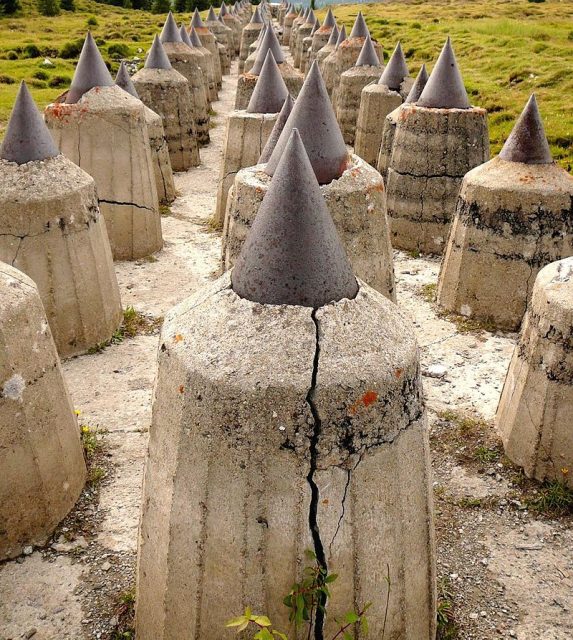
“Dragon’s teeth” are a kind of military hardware that were laid along beaches throughout England in case the Germans decided to follow through on their threat to invade Britain during the war.
The spikes would have deflated the tires of any German vehicles that dared to advance on Britain’s coastline. They would have been particularly effective against barges, which Hitler dreamed of using for an amphibious attack on England.
The entire coastal region in Suffolk would have been vulnerable if the Nazis had tried to invade by sea.
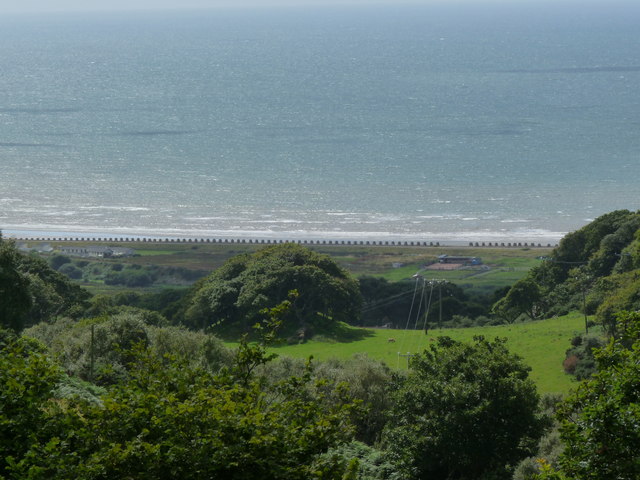
While that may seem an improbable scenario today, such an attack was a very real possibility during the war years. Hitler even had a detailed plan for such an attack called “Operation Sea Lion,” which called for thousands of German troops to cross the English Channel from France and ultimately make their way to London to conquer the British.
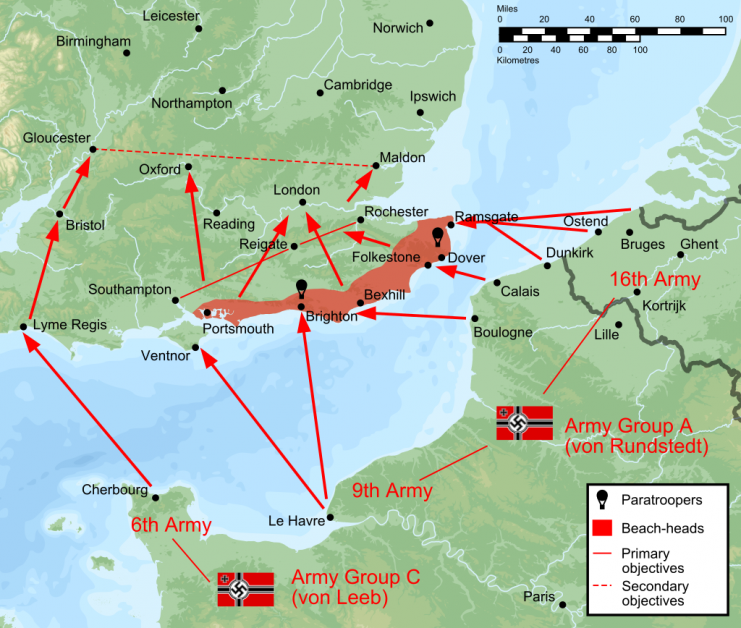
None of that happened, of course, because Hitler made a profound error in judgment; he wanted the British Royal Air Force (RAF) hobbled before launching “Operation Sea Lion.” He was certain that his Luftwaffe could easily cripple Britain’s planes, but he was sorely mistaken.
When the Battle of Britain occurred in 1940 in the skies over England, the RAF was victorious over the German planes, and it was the latter which were left severely damaged, not England. Consequently, Hitler postponed “Operation Sea Lion” repeatedly, although he never officially abandoned it.
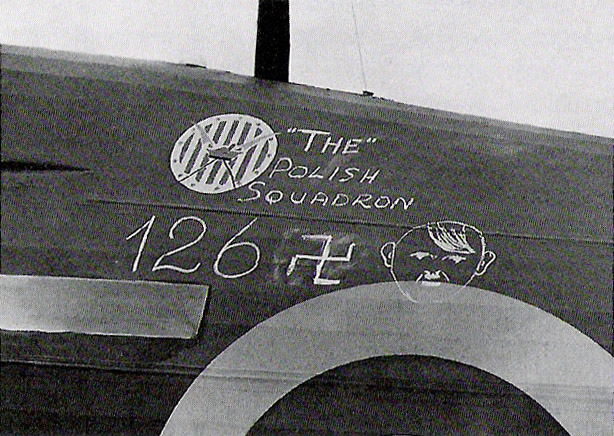
Though a German invasion never occurred, government and military officials in Britain understood that their nation was at risk. After all, German-occupied France was only a short distance across the English Channel. The “dragon’s teeth” were one measure taken to deter any vehicle from approaching by sea.
While the British government and individual landowners have made a concerted effort to rid beaches of the wartime relics, not all have been removed. Some areas don’t realize, even now, that the spikes may be buried in the sand, invisible until a storm wreaks havoc and whips up the sand to expose them.
Finch, for example, told the East Anglian Times that, “I walk on there every week, but I have not seen them before.”
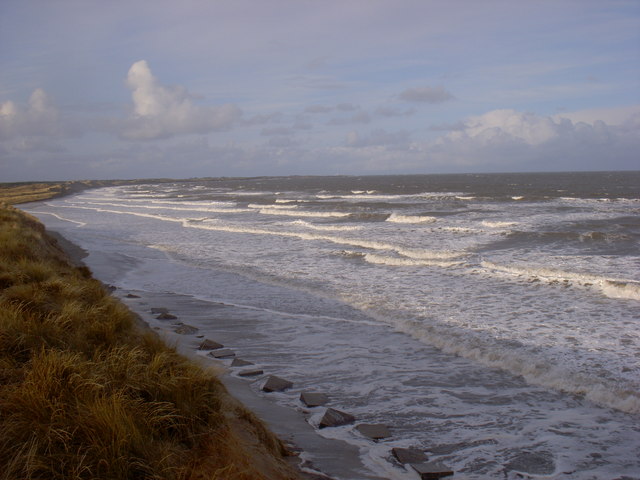
Read another story from us: 5 of WWII’s Most Valuable Treasures Still Missing Today
Other areas along coastal waters, including Walberswick and Dunwich, have also found “dragon’s teeth” on their beaches. Landowners have yanked them out using bulldozers.
However, no one removes these relics before consulting with Historic England, a national body that informs the public about heritage sites across the country. Only then are they removed, safely, and disposed of.
It’s hard to estimate how many more “dragon’s teeth” lay buried in the beaches of England, but they are yet another reminder of a dreadful war that held Britain in its grip for six long years.
